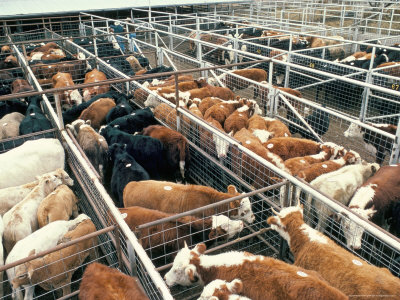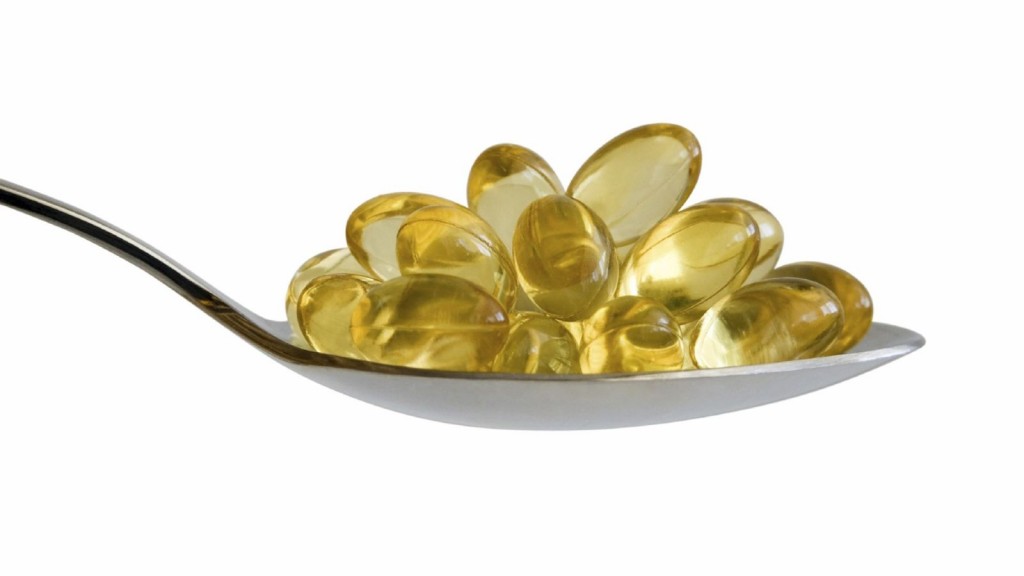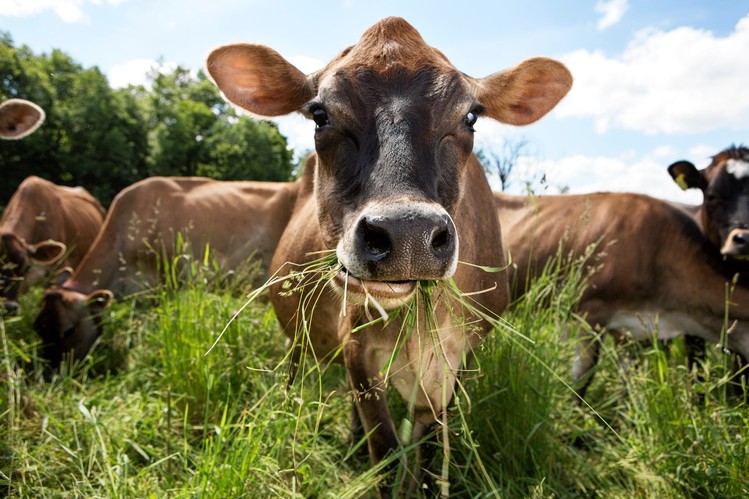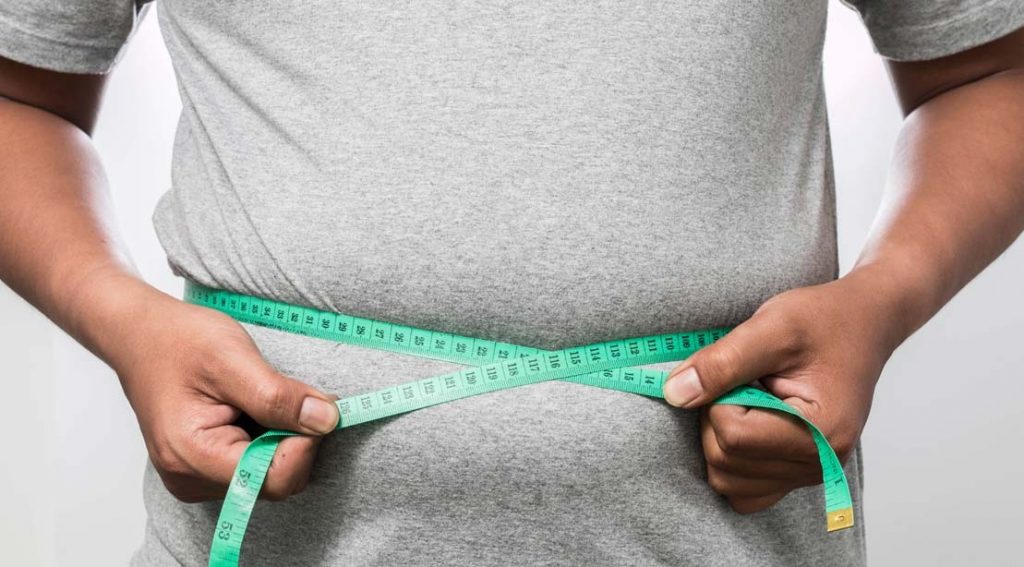In a perfect world we wouldn’t have to worry about where our food comes from. All vegetables would be grown in mineral-rich soil, all fruit would be hand-picked by the farmer down the street, and all animals would be ethically raised and free to graze on green pastures.
Unfortunately, that’s not the case today; where broccoli isn’t just broccoli, an apple isn’t just an apple, and a steak isn’t just a steak. Each was produced, maintained and transported differently, and this has had a direct impact on the quality, price, and impact on your health.
…especially when we’re talking about meat!

We won’t get into the moral reasoning for choosing local, responsibly raised animals, because if you’re not already doing it, it’s clearly not affecting your decision. And similarly, we won’t get into hormones and antibiotics, as that’s a whole different topic entirely; that realistically, doesn’t need to be addressed to answer:
Why Grass-Fed is Better?
Sadly, the companies using CAFO’s (Concentrated Animal Feeding Operations) and fattening their animals up with corn, wheat, and soy are now using the “without the use of antibiotics” and “hormone free” taglines to convince buyers to purchase their meat. When realistically, what the buyer should be looking for is “grass-fed.” And in actuality, they’re NOT going to find it in a big box grocery store (aside from maybe Whole Foods).
The best place to find grass-fed meat, and not pay an-arm-and-a-leg is through a local farmers market, or direct from a farmer. Which may sound like a hassle, and may cost you a little bit extra, but in both cases, it’s DEFINITELY worth it.
Because…aside from the pure and simple fact that you can meet the farmer, shake his hand, and probably visit his farm to see the animals, grass-fed meat is far better than grain-fed meat because of the nutritional profile – where you’re getting far more omega-3’s and CLA, and a lot more nutrients and antioxidants.

The reason we want omega-3 rich meat is because DHA and EPA are utilized in every cell in the body, our brain relies on them heavily, and they’re anti-inflammatory. Grass-fed beef has an average of 3 times more omega-3 than conventional beef, which not only helps balance the typical pro-inflammatory omega-6 dominant western diet, but it supplies our body with the essentials; that are difficult and often-times not consumed elsewhere.
As discussed in Eat Meat And Stop Jogging, we’ve seen a consistent rise in omega-6 fats with the transition away from fatty animal foods and the addition of vegetable oils (soybean & canola). So that need for omega 3’s is more significant than ever.
Omega-6:3 Ratio
- 8:1 from 1930-1935
- 10:1 from 1935-1985
- 12:1 in 1985 alone
- 25:1 in 2009!
The other thing driving the imbalanced ratio is the reduction in omega-3 fats, from the switch to cheap animal feed. Which doesn’t necessarily increase omega-6’s, but it definitely reduces omega-3’s. That frankly, other than fatty fish, many of us wouldn’t be able to obtain elsewhere – since the conversion from plant-based omega-3’s (ALA) is extremely weak.

The other consideration with grass-fed cattle is something called Conjugated Lineolic Acid, or CLA; a fatty-acid found in meat and dairy products, that’s nearly 5 times as high in grass-fed ruminants (1, 2). And unlike the lineolic acid (LA) found in vegetable fats (that’s been shown to increase disease risk) CLA appears to reduce the progression of cancer and other conditions (1, 2).
The sad part being, that we’ve been unknowingly increasing our intake of LA – via the same low-fat, polyunsaturated vegetable oils that jack-up omega-6’s – while lowering our CLA ingestion – as we’ve moved away from animal fat in general, and swapped the animals we do eat for the crumby CLA-deficient variety. Not only promoting tumor growth (1, 2) and atherosclerosis, but lowering glucose tolerance and insulin sensitivity (1, 2, 3), promoting fat storage and weight gain (1, 2, 3), and decreasing lean muscle mass.

Last but not least, grass-fed beef is a richer source of antioxidants and other key nutrients. With pasture-raised animals having far more carotenoids (vitamin A) and essential minerals (zinc, iron, potassium, etc), and coming in with built-in protection (glutathione, superoxide dismutase, vitamin E, catalase, etc) against the oxidation that could take place at any point from farm to table (1, 2). Meaning, less risk of nutrient deficiencies, and far greater protection against infection and disease.
Or put another way, when you eat the food you’re supposed to eat, and prepare it the way it’s supposed to be prepared, there should be very little reason to supplement, and very little health issues to be concerned with.
Food is designed to help, not harm!

The decision to ‘spend more on grass-fed’ essentially comes down to how you look at the cost of meat. Because if you treat the exchange as a nutrient purchase and long-term investment, you’ll realize that the extra dollars are well worth it…whether you chalk it up to savings on supplements, or savings on future health costs.
Stay Lean!
Coach Mike
RELATED ARTICLES:
Are You Eating Enough Protein?
Blame Margarine NOT Animal Fat
